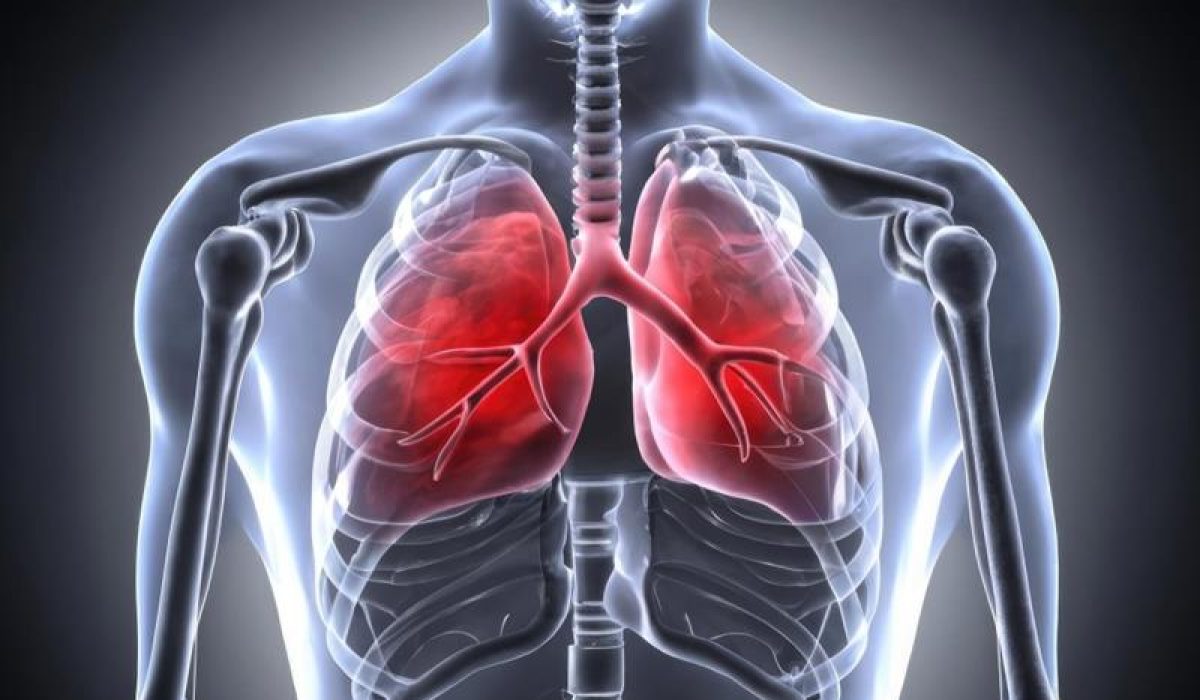What is Pneumothorax?
Pneumothorax, also called a collapsed lung, happens when air leaks into the space between the lung and chest wall. This air pushes on the lung, making it hard to breathe. For many people, learning about the risk factors for pneumothorax can help them stay safe. While anyone can get a pneumothorax, some people have a higher chance than others. Knowing the causes of pneumothorax is important for prevention and early care.
Common Symptoms
Recognizing the signs of pneumothorax is important. Early treatment can prevent serious problems. Common symptoms include:
Sometimes, symptoms are mild. However, in severe cases, they can get worse quickly. If you notice these signs, seek medical help right away.
Main Risk Factors for Pneumothorax
Several things can raise your risk of a collapsed lung. Let’s look at the main risk factors for pneumothorax:
For more details, the CDC and WHO both list these as common causes of pneumothorax.
How Risk Factors Influence Pneumothorax Development
Each risk factor affects the lungs in different ways. For example, smoking breaks down lung tissue, making it easier for air to escape. Likewise, lung diseases create weak spots that can burst. Trauma, such as a car accident, can directly injure the lung. In some cases, medical procedures may accidentally puncture the lung. Because of these factors, people with more than one risk factor have a higher chance of developing pneumothorax. Understanding who is at risk for pneumothorax helps doctors give better advice and care.
Prevention Tips and Lifestyle Guidance
Although not all cases can be prevented, you can lower your risk by following these tips:
Additionally, staying healthy and active can support your lungs. Preventing collapsed lung is easier when you know your risks and take steps to protect yourself.
When to Seek Medical Help
It is important to act quickly if you notice symptoms of pneumothorax. Seek emergency care if you have:
Even if symptoms are mild, call your doctor for advice. Early treatment can prevent serious problems. Remember, knowing the causes of pneumothorax and your personal risk can save your life.
Consult a pulmonologist if you have concerns about pneumothorax or its risk factors.
